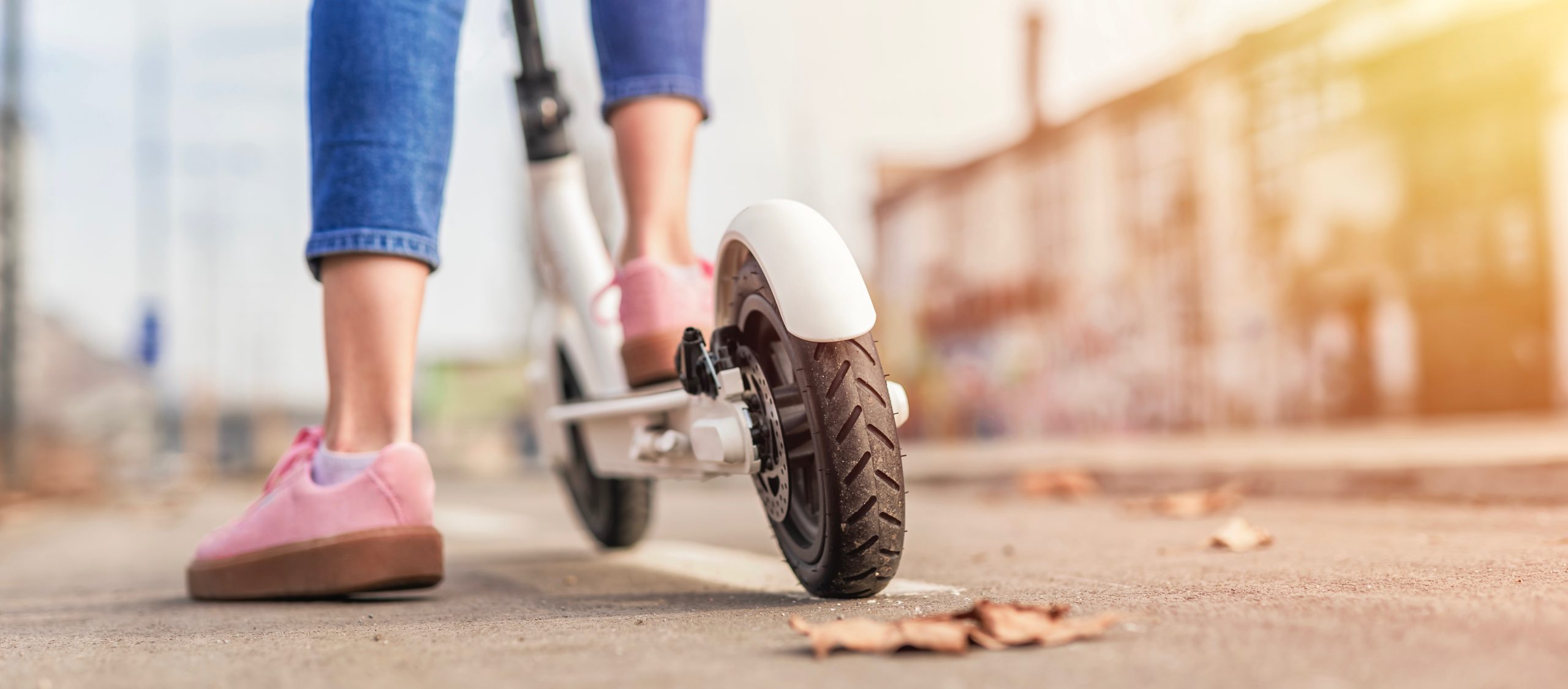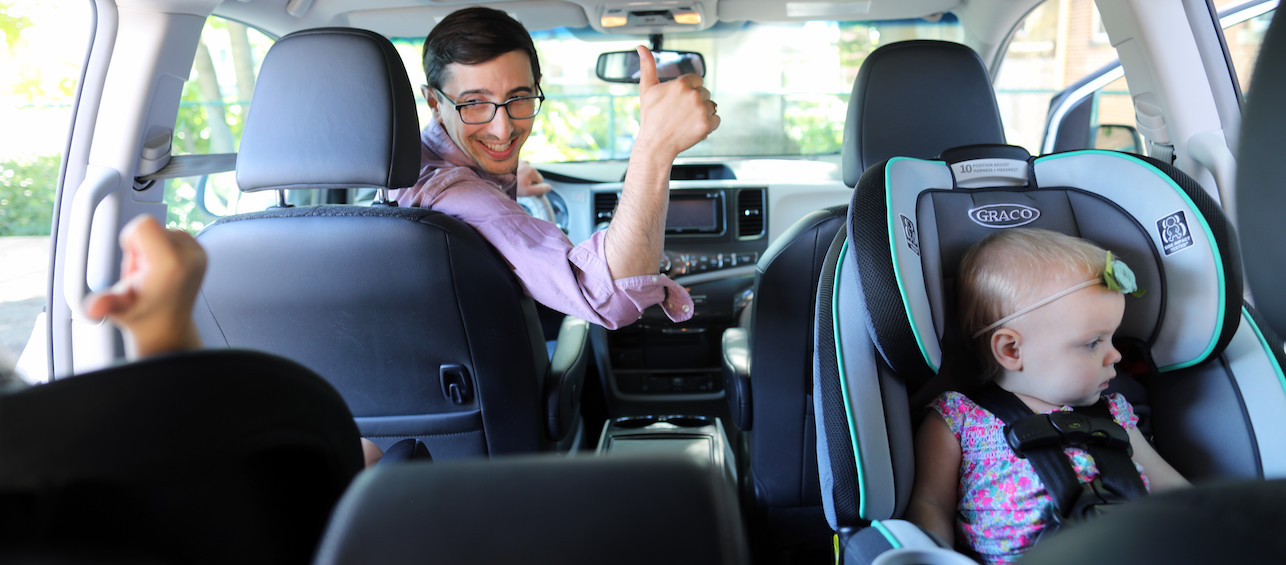For the past few years electric scooters have been a common sight on city sidewalks and increasingly in suburban neighborhoods as more kids use them to get from place to place. But are they safe?
According to the American Academy of Pediatrics, children under the age of 16 should not operate or ride on e-scooters. The reason is these scooters often travel up to 15 miles per hour and can be dangerous for young kids, especially if they are not wearing a helmet.
A study of injuries associated with e-scooters published in the medical journal JAMA Network Open found that scooter injuries are more common than bicycle or pedestrian injuries. The study also found that 40% of the scooter injuries noted in the study were head injuries.
Wear a Helmet
If you feel like your child is responsible enough to ride an e-scooter make sure they wear a properly fitted helmet. A helmet is the most effective way to reduce the risk of traumatic brain injury.
A survey from Safe Kids Worldwide found that parents were less likely to make their child wear a helmet while riding a scooter when compared to riding a bike. But it is just as important.
If you need evidence to convince you a helmet is needed when your child rides a scooter, consider the fact that craniofacial (face and skull) injuries related to motorized scooters have tripled from 2008-2017. The largest portion of those injuries were children ages 6 to 12 years old.
As important as wearing a helmet is, making sure it fits correctly is just as important. For tips on how to make sure your child’s helmet fits correctly I’d encourage you to check out this blog: Helmets 101: A Parent’s Guide.
E-Scooter Riding Safety Tips
- Wear a helmet
- Wear protective gear such as elbow and kneepads
- Wear reflective gear for riding at night
- Scoot solo. Most scooters are not designed for two riders.
- Start slow. The accelerator and braking tabs on the handles can take getting used to.
- Don’t text and ride.
- Use bike lanes when available. If not available, riders should stay on the right side of the road.
- Do not ride e-scooters on sidewalks, beach paths, or parks. This puts pedestrians at risk of injury as well as riders.
We know it can be hard to tell your kids no to a fun toy, especially if “everyone else has one” but if your kids are younger than 16, I strongly encourage you to say no to E-scooters. The foot-powered kind will still get them where they are going and will get them some exercise too!





